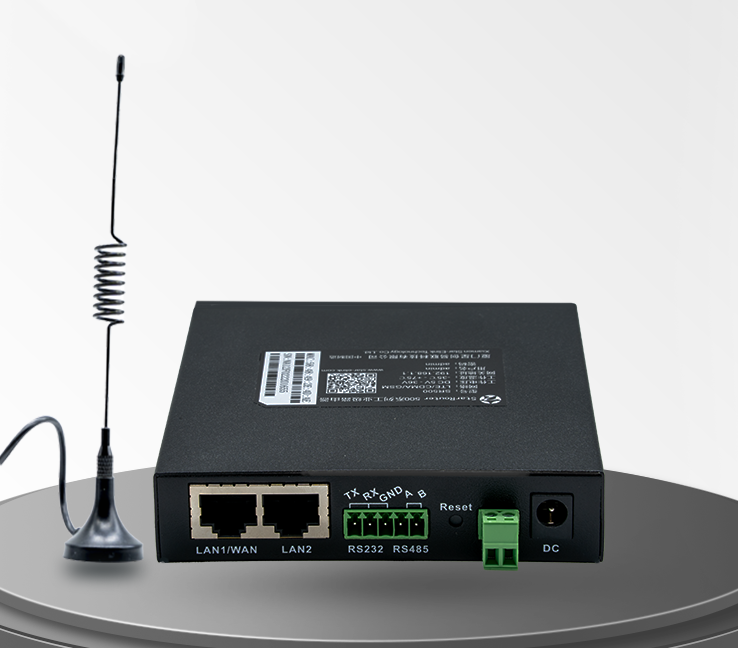SEARCH
— 葡萄酒 | 威士忌 | 白兰地 | 啤酒 —
— 葡萄酒 | 威士忌 | 白兰地 | 啤酒 —

Hello everyone, Old Cat here again bringing you a market analysis on industrial routers. As a network engineer with many years of experience, I have personally witnessed the explosive growth of the 4G industrial router market in recent years. According to the latest data, the global 4G industrial router market is expected to exceed $12 billion by 2025, with a compound annual growth rate approaching 9%. These figures are indeed impressive, but the market logic and technological transformations behind them are what we really need to pay attention to.
Europe, the Middle East, and Africa remain the largest market for global 4G industrial routers, accounting for over 38% of total revenue. This is mainly due to continued investment in industrial automation and digital transformation in these regions. Germany’s “Industry 4.0” strategy in particular has driven numerous factory upgrades, leading to rapid growth in demand for industrial routers.The Asia-Pacific region follows closely, with the Chinese market performing exceptionally well. According to IDC data, the industrial router market in the Asia-Pacific region is growing at 13.6%, far exceeding the global average. With China’s “5G+Industrial Internet” strategy advancing, many manufacturing companies are prioritizing network infrastructure construction, and industrial routers, as core equipment, continue to see rising demand.The North American market, despite its large base, is experiencing steady growth. This is mainly because enterprise-level network equipment has already reached high penetration rates in the region, and the market is gradually becoming saturated. However, in specific vertical sectors such as energy, public utilities, and smart cities, 4G industrial routers still have considerable room for growth.
Since 2022, although the global chip shortage has eased somewhat, its impact on the industrial router industry continues. Many manufacturers have been forced to adjust production schedules, extending delivery times, with some high-end models even experiencing “one router, hard to find” situations.Based on feedback from several mainstream distributors I’ve contacted, the overall price of industrial routers is expected to increase by 5%-8% in 2024-2025. The main reasons are:
The good news is that with the acceleration of domestic substitution processes, some domestic manufacturers are now offering industrial routers with strong cost-performance ratios, which may help alleviate market supply-demand imbalances.
The 4G industrial router market in 2025 will demonstrate several clear trends:1. Hybrid 5G/4G Deployment Becomes MainstreamAlthough the title refers to 4G industrial routers, in reality, most industrial routers in the 2025 market will support dual 4G/5G modes. This compatibility design mainly considers: first, global 5G coverage remains uneven; second, many industrial scenarios don’t require high bandwidth, so 4G is sufficient; third, it reduces upgrade costs for users.2. Significantly Enhanced Edge Computing CapabilitiesThe new generation of industrial routers is no longer simply data forwarding devices but incorporates powerful edge computing functions. These routers are equipped with high-frequency processors and built-in AI inference capabilities, allowing them to complete some data analysis work at the terminal, effectively reducing cloud pressure and network latency.3. Security Features Become StandardAs industrial systems become increasingly networked, security threats are also growing. Industrial routers in 2025 will commonly include built-in firewalls, intrusion detection, encrypted communications, and other security features. Some high-end products will even integrate zero-trust architecture for more granular access control.4. Low Power Design BreakthroughsFor some special application scenarios, such as field monitoring and mobile devices, ultra-low power industrial routers will become a new growth point. These products can reduce power consumption to about 1/3 of ordinary routers, significantly extending battery life.
Smart Manufacturing will continue to occupy the largest share of industrial router applications. Factory automation, production monitoring, predictive equipment maintenance, and other scenarios have enormous demand for stable network connections. Particularly in the digital transformation of older factories, 4G industrial routers are often the preferred solution for rapid deployment.Public Services is the fastest-growing sector. Smart city construction has driven substantial demand, including public bicycle management, self-service terminals, smart parcel lockers, and environmental monitoring. These scenarios are typically widely distributed, making fixed network installation costly, thus making 4G industrial routers an ideal choice.Transportation has enormous potential. High-speed rail, subways, buses, logistics fleets—all require stable network connections to support operational monitoring, passenger services, and security. These applications place extremely high demands on industrial-grade features such as shock resistance, dust protection, and wide temperature tolerance.Energy and Public Utilities show steady growth in demand. Traditional energy industries like electricity, water, and gas are accelerating digital transformation. Numerous scattered monitoring points, substations, pipeline valves, and other infrastructure require remote monitoring and management, making industrial routers a key infrastructure component for these applications.
In the global market, traditional communications giants such as Cisco, Huawei, and Nokia still maintain dominant positions. However, it’s worth noting that in recent years, manufacturers focusing on industrial communications such as Digi, Robustel, InHand Networks, and Dinglicom have grown rapidly, performing impressively in niche markets thanks to their deep understanding of vertical industries and rapid response capabilities.Looking at the domestic Chinese market, Huawei maintains a solid leadership position in the enterprise router market. However, influenced by the international trade environment, some domestic manufacturers such as InHand Networks, Baotong Technology, and Shunzhou Smart have continued to increase their market share, benefiting from favorable policies.
As a network engineer who has long focused on the industrial communications field, I believe the 4G industrial router market still has great potential in 2025, especially in the following aspects:
Friends, these are my analyses and insights regarding the 4G industrial router market for 2025. It’s a market full of opportunities, as well as a stage for continuous technological and application innovation. I welcome you to share your views and experiences in the comments section!
Mo